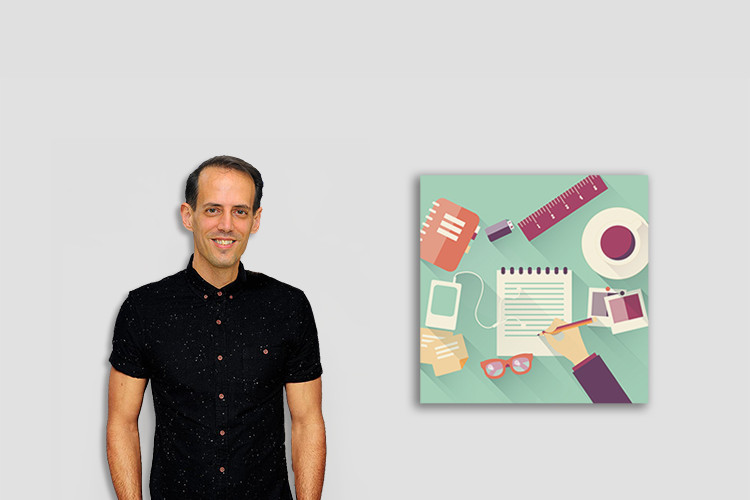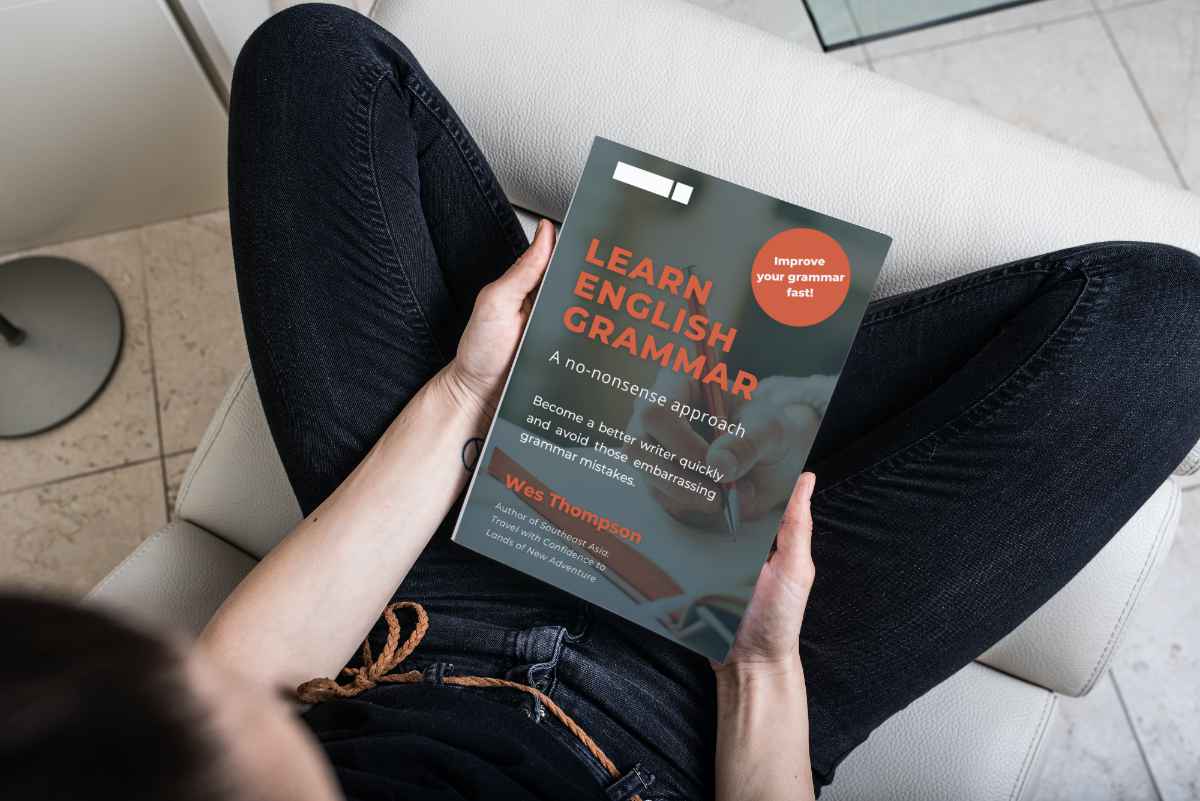Ready to unlock the mystery behind how to use commas in a sentence? Now, we’re diving into the world of punctuation with style.
Whether you’re creating a story, sending a text, or sending an email, mastering the art of commas can take your writing to a whole new level. One thing about proper writing that is worth learning is how to use commas correctly in a sentence.
How to Use Commas: Adding Pause and Rhythm
Reading a sentence without any commas would be like a running a marathon without taking a single water break. It’s exhausting trying to get through a sentence that lacks a correct use of commas to guide you on how to read it. Commas instill a sense of rhythm, helping your readers take a breather, understand your ideas, and follow the flow of your thoughts.
Below are some pointers on using commas to make your sentences read correctly.
Comma in a List
Use a comma in a list of items, actions, or even ideas.
I need to go to the shop to buy bananas, strawberries, and blueberries.
See what we did there? When you’re listing items, include a comma after each item except for the last one.
This is the case with actions as well.
I love hiking, painting, and eating ice cream.
Comma with Adjectives
Commas must also be used to separate adjectives, the words we use to describe an object. When you’re using more than one adjective, be sure to add a comma to separate them.
She had a shiny, new bicycle.
You are an honest, caring, lovable person.
Comma with Introductory Phrases
When you start a sentence with an introductory phrase, toss in a comma to help your reader know where to take a breath.
After a long day at work, I decided to take a relaxing bath.
Comma with Direct Address
If you’re talking directly to someone, drop a comma before or after their name.
Hey, Alex, can you pass the salt?
Note that the name of the person you are addressing may come at the end of the sentence.
Can you pass the salt, Alex?
Comma with Appositives
An appositive is a fancy term for a phrase that explains or identifies another part of the sentence. Pace a comma both before and after the appositive, in this case “Sarah.”
“My best friend, Sarah, is an amazing chef.”
Comma with Non-Essential Information
Likewise, sometimes, you’ve may want to include some extra information in your sentence. As with appositives, surround non-essential information with commas to make sure it stands out.
The movie, which I watched last night, was hilarious.
The phrase “which I watched last night,” is not essential to understanding the main point of the sentence. Therefore, we need to place a comma both before and after the phrase. Here in another example?
My friend, who is an avid baseball player, is coming over for dinner tonight.
Can you see how the fact that he is an avid baseball player does not really affect the main point of the sentence, which is that he is coming over for dinner?
Comma with Dates and Addresses
When you’re writing dates or addresses, give your commas some action.
I’ll see you on July 4, 2023, at 123 Main Street.
A lot of people forget about the comma after the year, 2023. Be careful to include one both before and after the year if the exact day in a date is included: July 4, 2023,
If just the month and year are written, no comma is required.
The best I can recall it was in October 2016.
Comma with Quotations
If you’re quoting someone or mentioning a title, include a comma between who said it and what they said.
He said, “Life is a beautiful adventure.”
Also note that the attribution (who said it) may come later in the sentence.
“I like toast with honey,” she said.
Commas in Compound Sentences
If you’re joining two complete sentences with a conjunction, a comma is the way to go.
“I love books, and I’m a big fan of movies.”
So, basically, if you are using a conjunction (“and” or “but”) to join what could be two complete and independent sentences, a comma must be used before the conjunction.
Here is another example:
He would like to go to dinner, but he feels like it is too early right now.
Since “He would like to go to dinner” and “he feels like it is too early right now” could each be a complete and indepent sentence on their own, we need to place a comma before the conjunction, “but.”

Learning to use commas correctly is an essential part of good writing.
Bonus Round: Tricky Situations with How to Use Commas
Just when you thought you had commas all figured out, a few tricky situations pop up. Don’t worry, let’s take a look at them one-by-one and see how to overcome any confusion.
Commas with “Too” and “Either”
When you’re using “too” and “either” to mean “also,” a comma isn’t necessary.
She loves ice cream too.
I am not sure two hours will be enough time either.
These sentences are just as correct without a comma.
Comma with “Because”
If you’re starting a sentence with “because,” give it a pause with a comma.
Because it’s raining, we’re staying indoors.
Comma with “Which”
Use a comma before “which” when it introduces a non-essential clause.
The book, which I borrowed from the library, was fantastic.
This is similar to the case with nonessential clauses above.
Comma with “That”
However, skip the comma before “that” in restrictive clauses.
The movie that I watched last night was awesome.
There is no need for a comma before “that”.
Comma with “If” Clauses
If you have a short “if” clause, you can skip the comma.
If you’re coming let me know.
Comma with “However”
When you’re using “however” to mean “nevertheless,” place a comma before and after it.
I wanted to go out, however, it started raining.
If you starting a sentence with “however,” place a comma after it.
However, we have decided to continue the show after summer.
Comma with “But”
If you’re starting a sentence with “but,” go for it, no comma required. “But the real challenge was yet to come.”
Common Pitfalls and How to Avoid Them

Watch out for these common comma pitfalls and steer clear of them:
1. Over-Comma-ing: While commas are essential for your sentences, too many can lead to confusion. Keep it balanced, and don’t go overboard.
2. Comma Splices: A comma splice is when you try to join two complete sentences with just a comma. Fix it by adding a conjunction or turning one of the sentences into a fragment.
I went to the store, I bought some groceries.
I went to the store and bought some groceries.
3. Missing Comma in Compound Sentences: Don’t forget that comma when you’re joining two complete sentences.
I love running and I enjoy swimming.
should be
I love running, and I enjoy swimming.
How to Use Commas Like a Pro
Now that you’re armed with comma knowledge, here are some extra tips to help you wield these punctuation wonders with ease:
1. Read Aloud: Your ears are the best judges of where commas should go. Read your sentences aloud, and you’ll instinctively spot where a comma pause is needed.
2. Play with Pacing: Use commas to control the pacing of your writing. Short pause or long pause; it’s like setting the rhythm of a song.
3. Mix It Up: Experiment with comma placement to create different effects. Short, snappy sentences or longer, flowing ones, commas can change the vibe of your writing.
4. Learn from the Greats: Read books by your favorite authors and pay attention to how they use commas. You’ll learn valuable lessons from the great users of punctuation.
Use Commas to Write Stronger Sentences
You have now unlocked the secret to how to use commas correctly and turning your writing into a smooth, flowing masterpiece. From lists to adjectives, from appositives to direct address, commas are your versatile tools for creating rhythm, clarity, and impact.
So, go ahead and start writing sentences that are more bold, clear, and captivating.
Wes is a certified English teacher and school administrator. He has taught English literature, reading, and writing to students from grade 8 to older adult since 1998. He has taught both native speakers of English as well as English-language learners.
Please send Wes a message here and he will reply within 12 hours.
You can learn more about Wes here.



